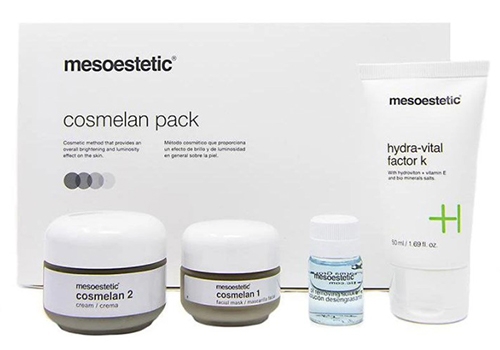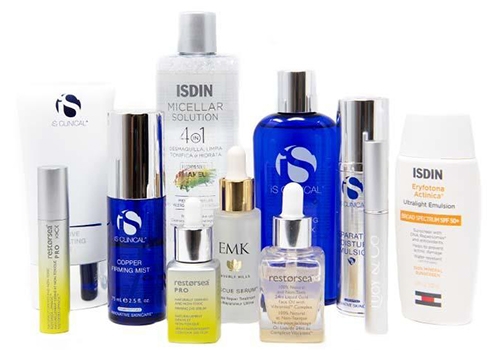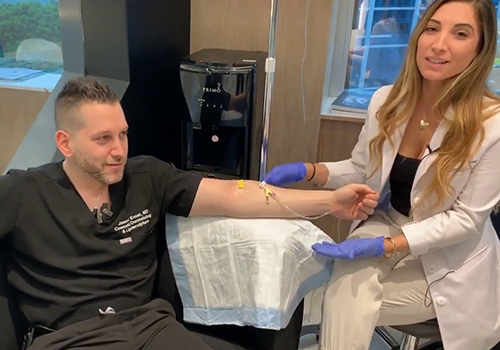SELANK
Conveniently located to serve Beverly Hills, Hollywood, Los Angeles, NYC, and Miami.
WHAT IS SELANK PEPTIDE?
Selank belongs to a class of molecules called synthetic peptides. Selank was made by combining the sequence of a peptide called tuftsin with another sequence that improves its molecular stability. Tuftsin is a peptide closely related to immune function. It occurs naturally and makes up one part of the natural antibody IgG.
It is a small peptide compared to most naturally occurring proteins. Selank was developed at the Institute of Molecular Genetics in cooperation with the V.V. Zakusov Research Institute of Pharmacology (Russian Academy of Medical Sciences), along with the nootropic drug Semax, sometimes called its cousin peptide.

BENEFITS OF SELANK
While most prescription drugs cause many unwanted side effects, studies have shown this peptide to have no negative side effects or risk of addiction. Both Tuftsin and Selank have shown the ability to reduce anxiety and increase serotonin levels in animal models.
Additionally, selank may:
- Improve anxiety
- Improve learning
- Enhance memory
- Help with brain damage recovery: Increases BDNF (Brain-derived neurotrophic factor), an important brain-growth compound
- Help stabilize enkephalins in the blood: These counteract the stress response
- Help with alcohol withdrawal
- Help prevent weight gain and reduce cholesterol
Selank can strengthen immune function by increasing IL-6 in blood cells. IL-6 is an inflammatory protein that is believed to help fight off infections. Selank can also stimulate the release of interferons, which are anti-viral molecules.
How Does Selank Peptide Work?
Since selank is synthesized based on the structure of tuftsin, it’s technically referred to as a “synthetic analog” of tuftsin.
For this reason, selank “mimics” many of tuftsin’s effects, including:
- Modulate the expression of Interleukin-6 (IL-6)
- Affect the balance of T helper cell cytokines
- Influence the concentration of monoamine neurotransmitters
- Induce metabolism of serotonin
- Increase the expression of brain-derived neurotrophic factor (BDNF)





















